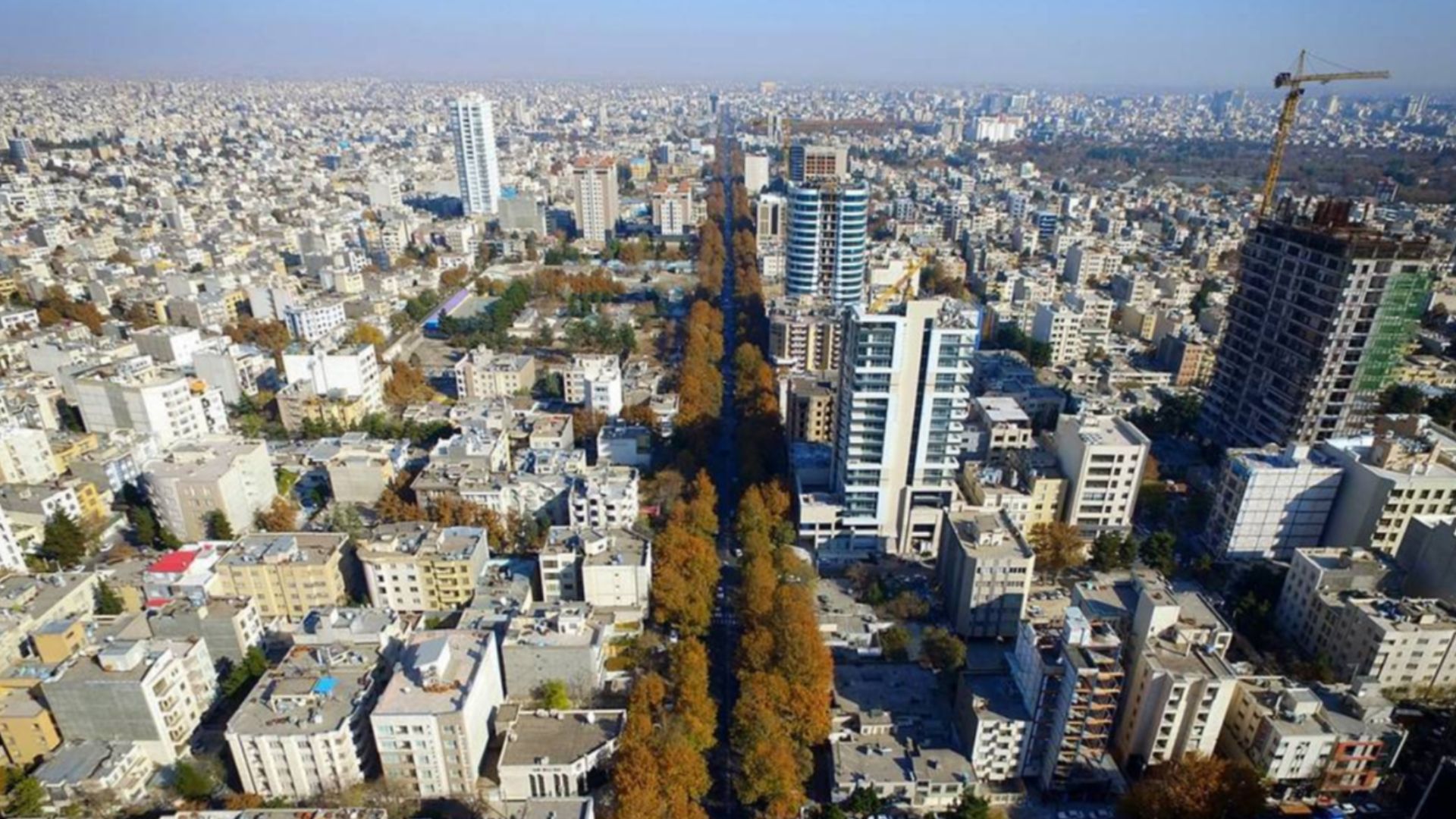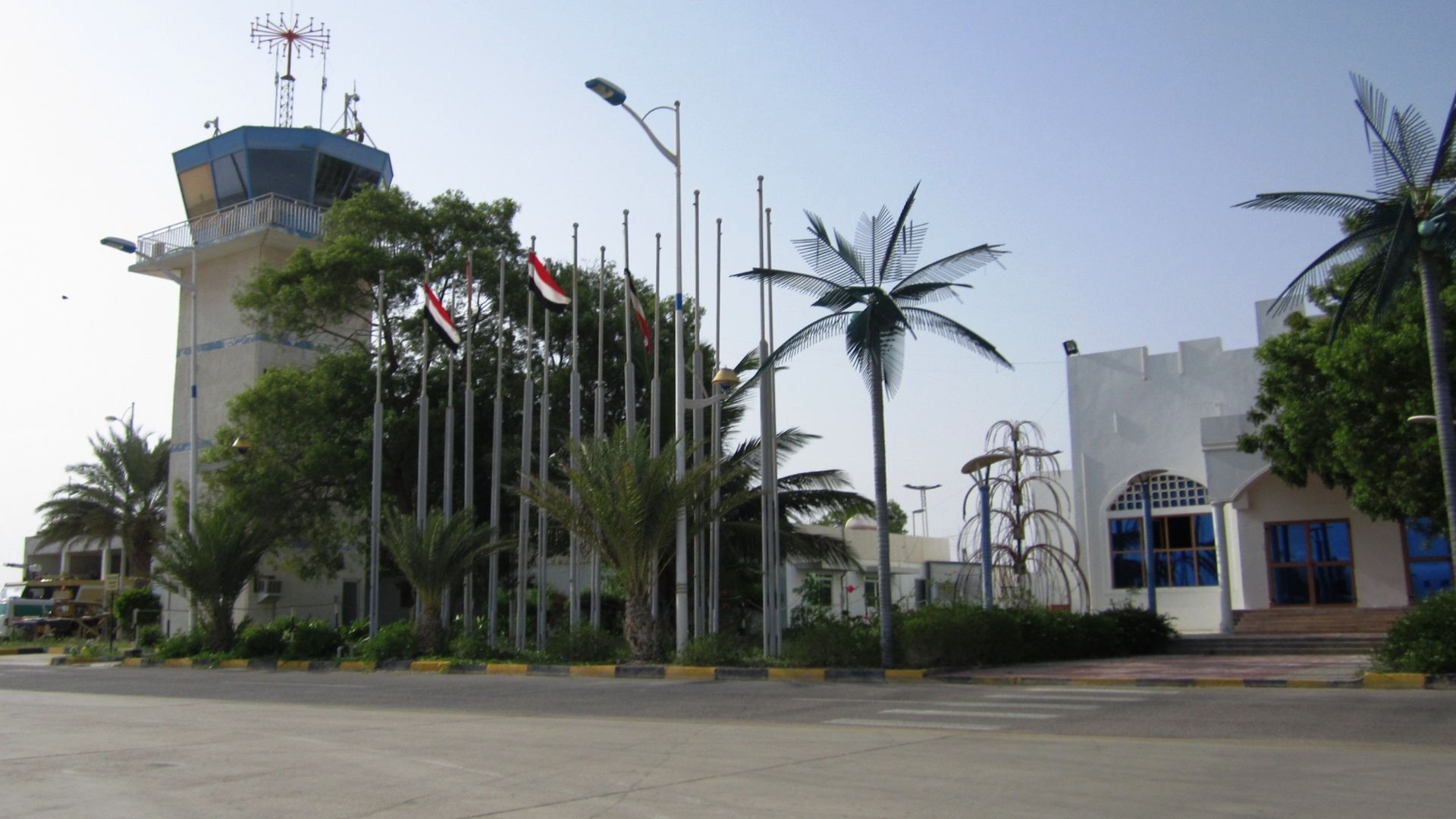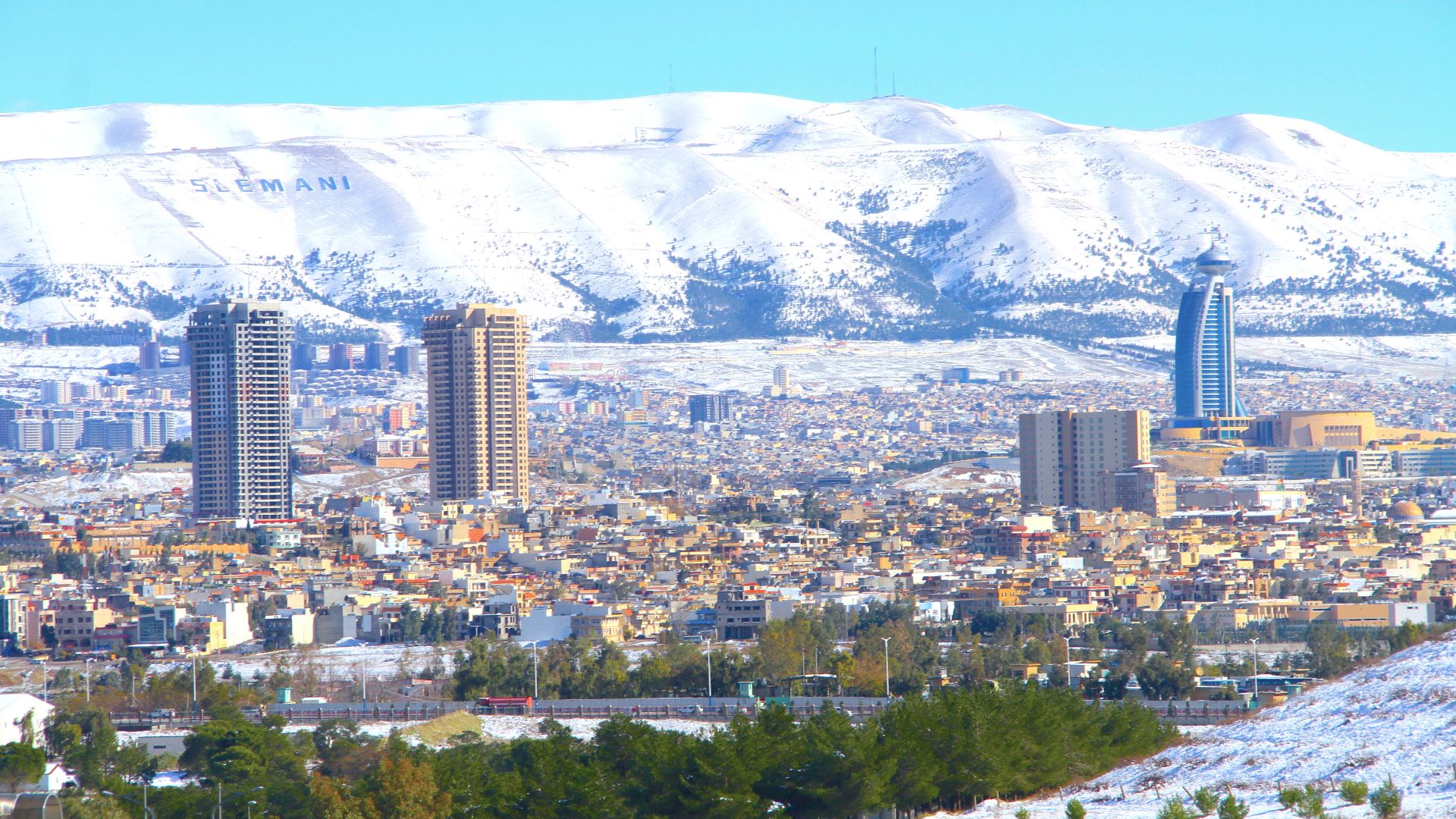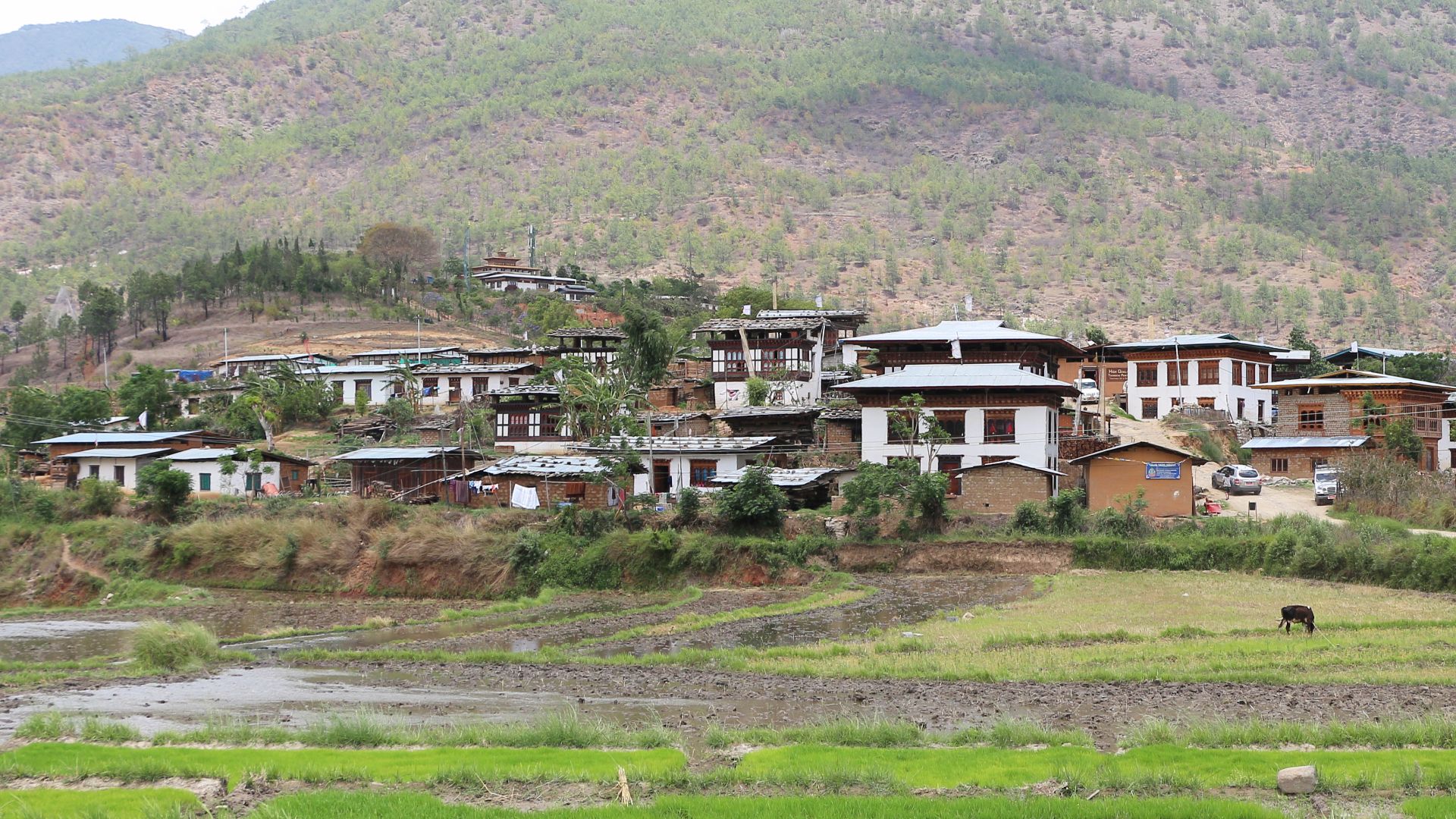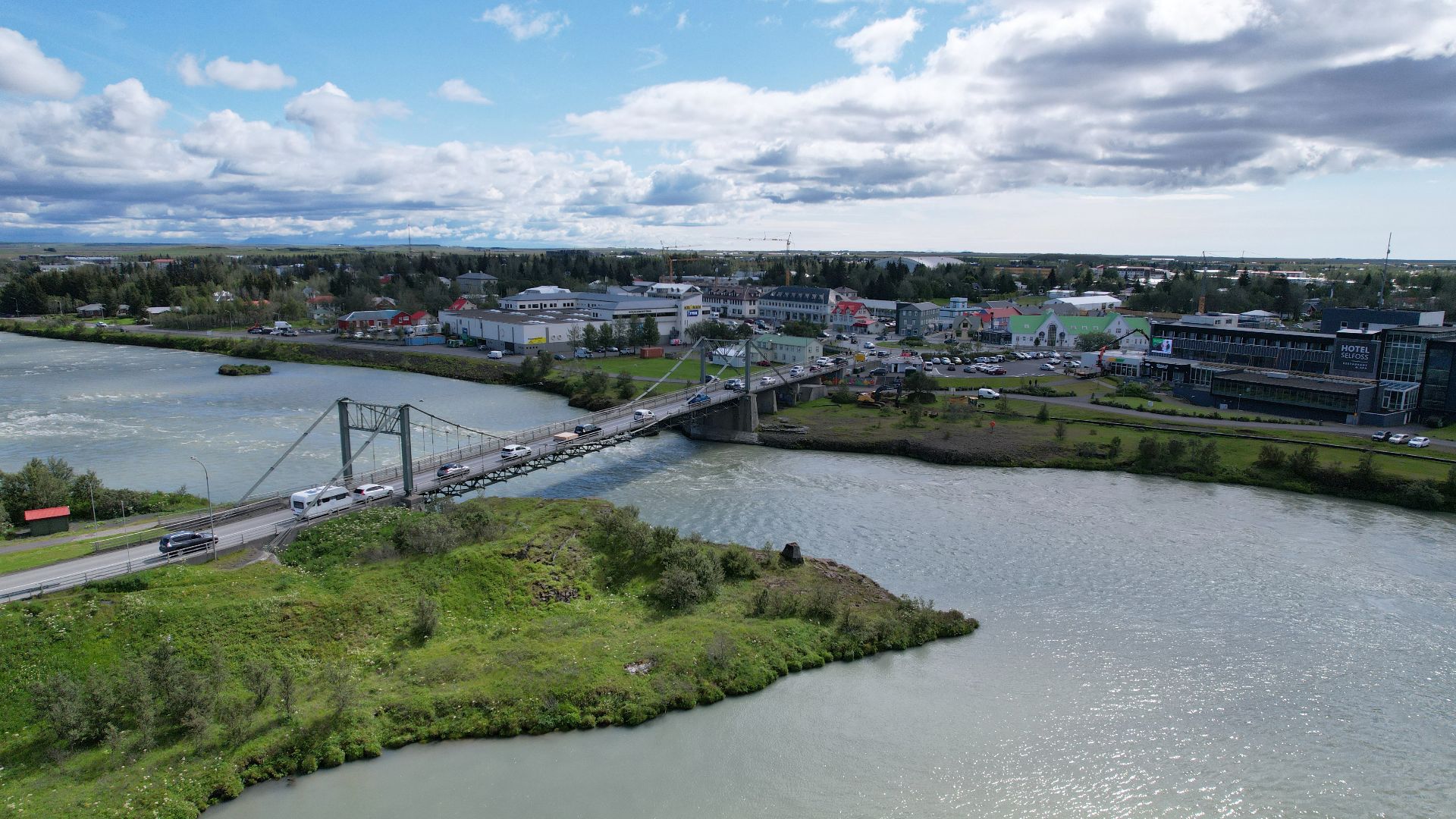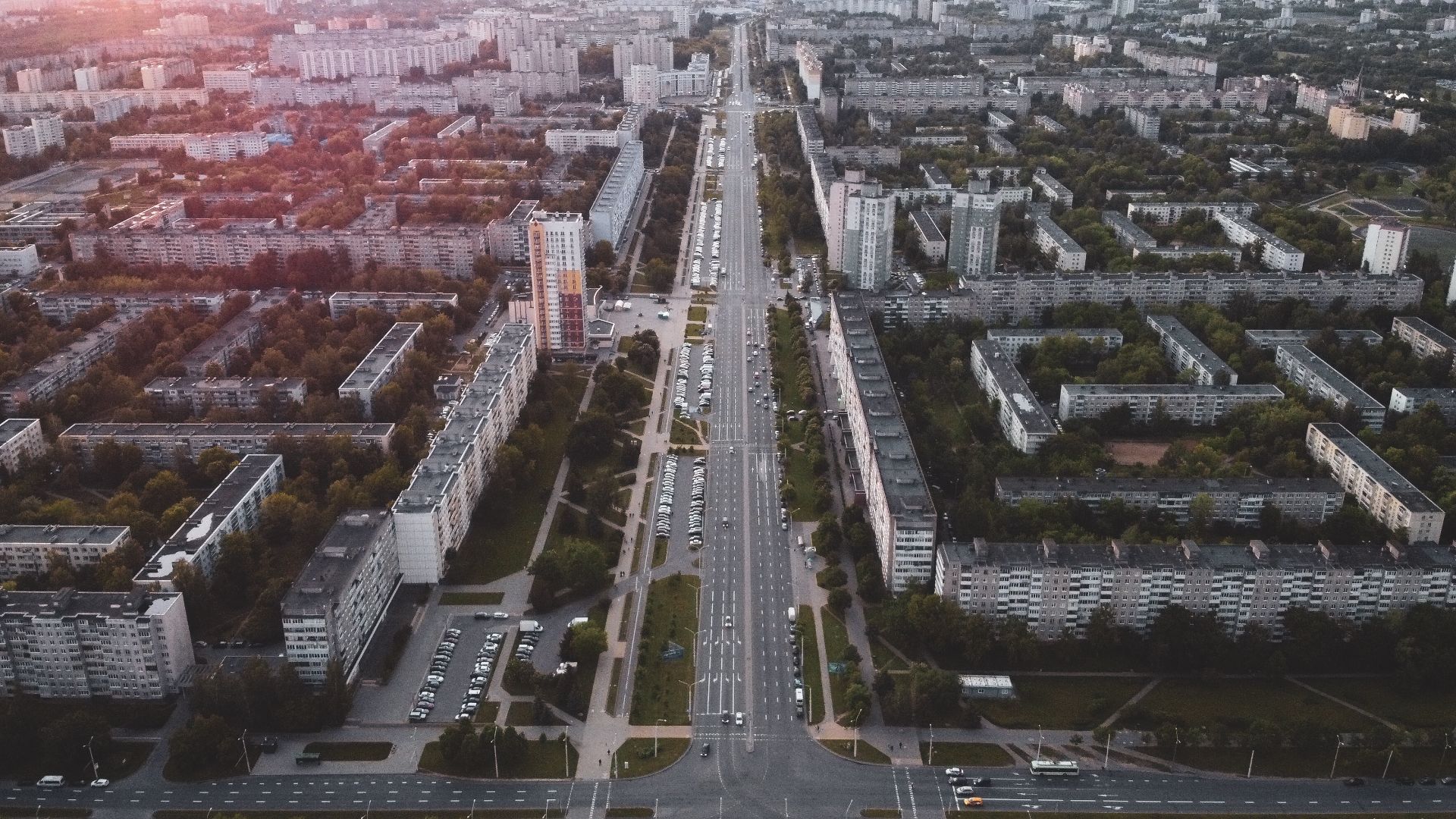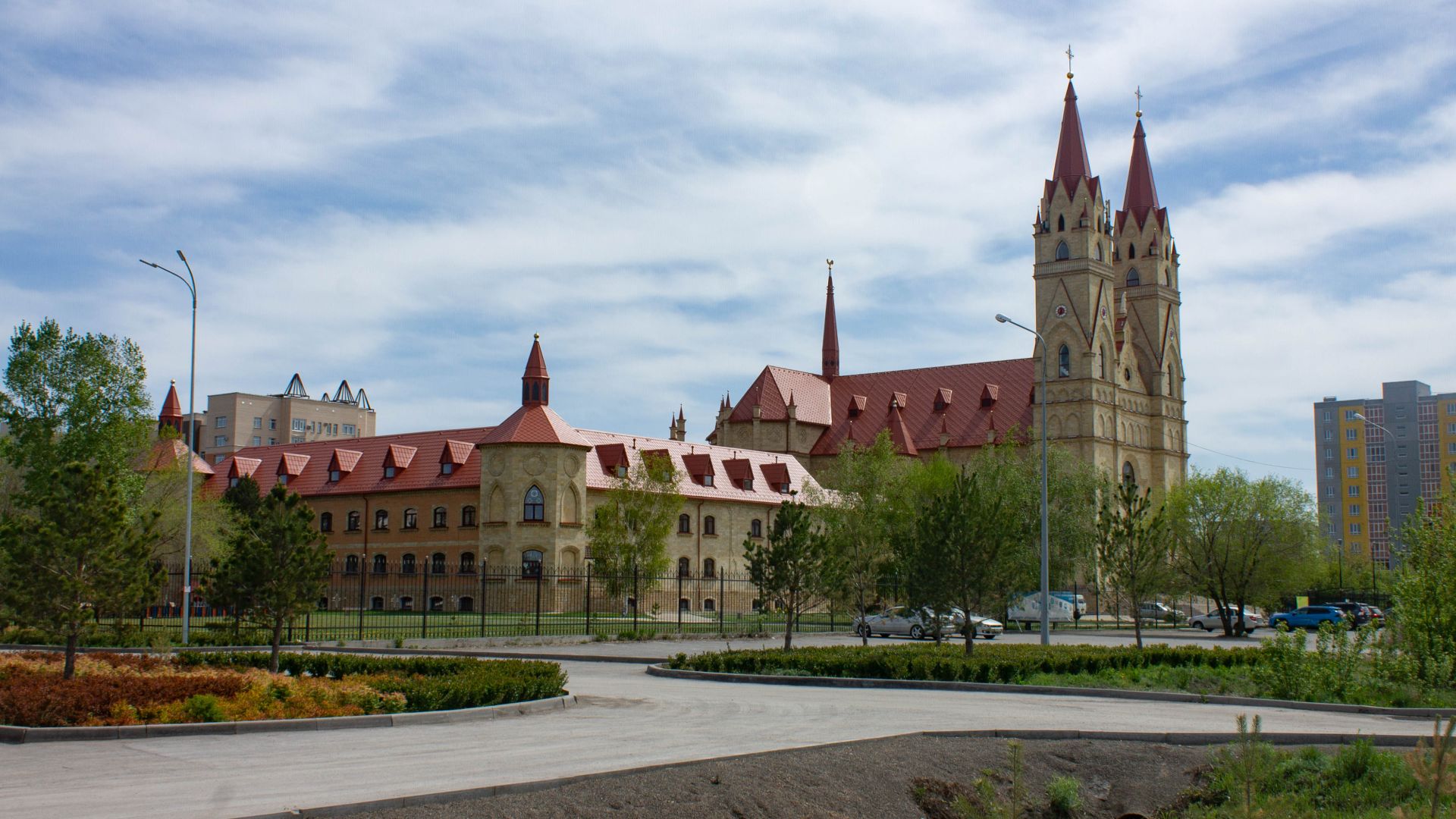Where McDonald’s Never Made It
It’s easy to assume McDonald’s has reached every corner of the world, but that’s far from the truth. Despite its widespread appeal and availability, some countries never saw the golden arches, and in others, it opened briefly before leaving. The absence of McDonald's in these places makes the list surprisingly interesting. They show that even a global brand can have blind spots. So, let’s check out which places made the list.
1. Afghanistan
You won’t find McDonald’s here, mostly due to political instability. Security concerns make franchises nearly impossible. Still, locals love their own take on burgers and fries, often sold from small corner shops. The names may differ, yet the flavors satisfy cravings just the same.
2. Iran
McDonald’s left Iran after the 1979 Revolution, and U.S. sanctions keep it out. Locals didn’t just sit back, though—chains like “Mash Donald’s” stepped in to serve look-alike menus. Burgers stay a local favorite, even if the original Big Mac can only be tasted outside the country.
3. North Korea
Foreign franchises are completely banned in North Korea, which leaves McDonald’s off-limits. Diplomats sometimes sneak in meals from overseas, a rare treat within the regime. At home, citizens settle for state-run cafés serving simplified snacks.
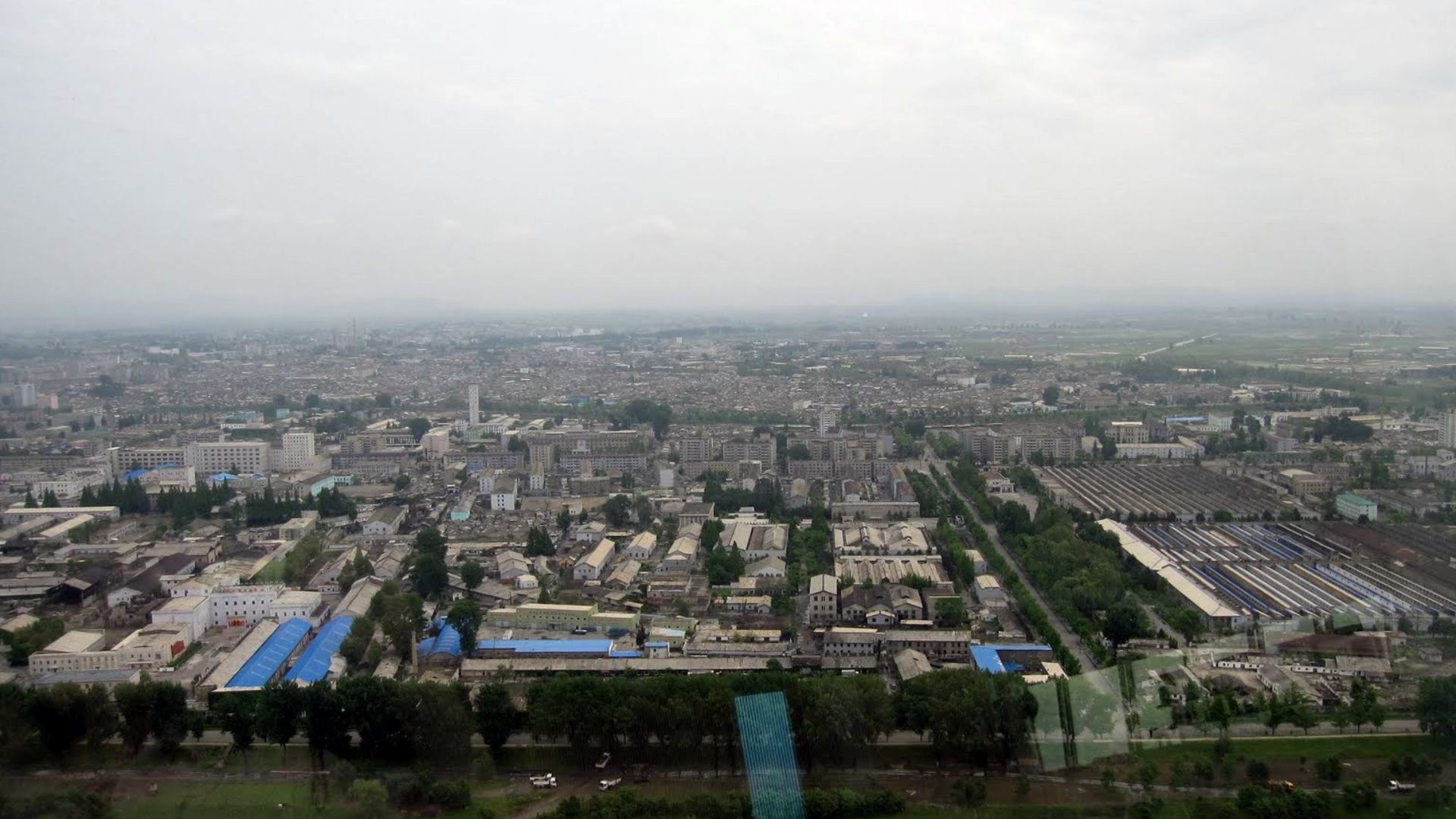 Stefan Krasowski from New York, NY, USA on Wikimedia
Stefan Krasowski from New York, NY, USA on Wikimedia
4. Syria
Years of conflict stopped international chains from planting roots. McDonald’s never made it in, so Syrian vendors stepped up. Street-side stands dish out unique spins using local spices, proving that Western-style fast food doesn’t need global branding to thrive.
 Vyacheslav Argenberg on Wikimedia
Vyacheslav Argenberg on Wikimedia
5. Yemen
War and economic troubles leave no room for a golden arches debut. Instead, cozy cafés serve snacks that resemble burgers and fries, only with local flavors. Visitors quickly learn that spices from Yemeni cuisine give these street foods a bold twist you won’t taste elsewhere.
6. Sudan
Despite demand, McDonald’s never set foot in Sudan, blocked by sanctions and political struggles. That doesn’t stop people from enjoying shawarma stands and small restaurants offering American-style meals. Travelers may miss the convenience of a Big Mac, but local alternatives keep the hunger away.
7. Zimbabwe
In Zimbabwe, economic instability and hyperinflation drove global chains away before they could establish themselves. Running a McDonald's became nearly impossible. However, fast food culture survives through local fried chicken spots and small burger shops.
8. Iraq
McDonald's has never launched in Iraq. Years of war and franchise fears pushed it out of reach. Yet in safer Kurdish regions, international dining feels more common. Cafés across major cities still provide burger options, and Burger King has successfully established a presence there.
9. Bhutan
Bhutan protects its culture fiercely, which means foreign fast food rarely enters. McDonald’s has no chance here, leaving travelers to embrace traditional Bhutanese dishes. The capital, Thimphu, has only a handful of fast-food-inspired eateries, each keeping menus rooted in local recipes rather than American franchises.
10. Cambodia
Tourism boomed, yet McDonald’s skipped Cambodia. Burger King and KFC slipped in first, filling the Western craving. Meanwhile, Cambodian-owned fast food brands keep locals satisfied. Online, speculation about a future McDonald’s opening comes up often, though the golden arches have yet to appear.
11. Iceland
McDonald’s once operated here, but the 2009 financial crisis ended that. High import costs made it unsustainable. Former outlets transformed into a local chain called Metro, which Icelanders now embrace. A preserved McDonald’s burger and fries from 2009 even sit in a museum.
12. Belarus
In 2022, McDonald’s pulled out due to political tensions. Almost immediately, the old outlets rebranded under new local names but kept serving similar menus. Diners joke that they still eat McDonald’s—just under a different sign.
13. Somalia
Decades of unrest stopped big brands from taking chances here. McDonald’s was never even on the table. Instead, locals enjoy their own version of burgers, sold by street vendors with a Somali twist. For international chains, the market remains too risky to pursue.
14. Nepal
Despite tourism, Nepal never attracted McDonald’s due to cultural concerns and market limits. Independent burger restaurants thrive in Kathmandu, and travelers in mountain villages stick to filling, local fare rather than international fast food.
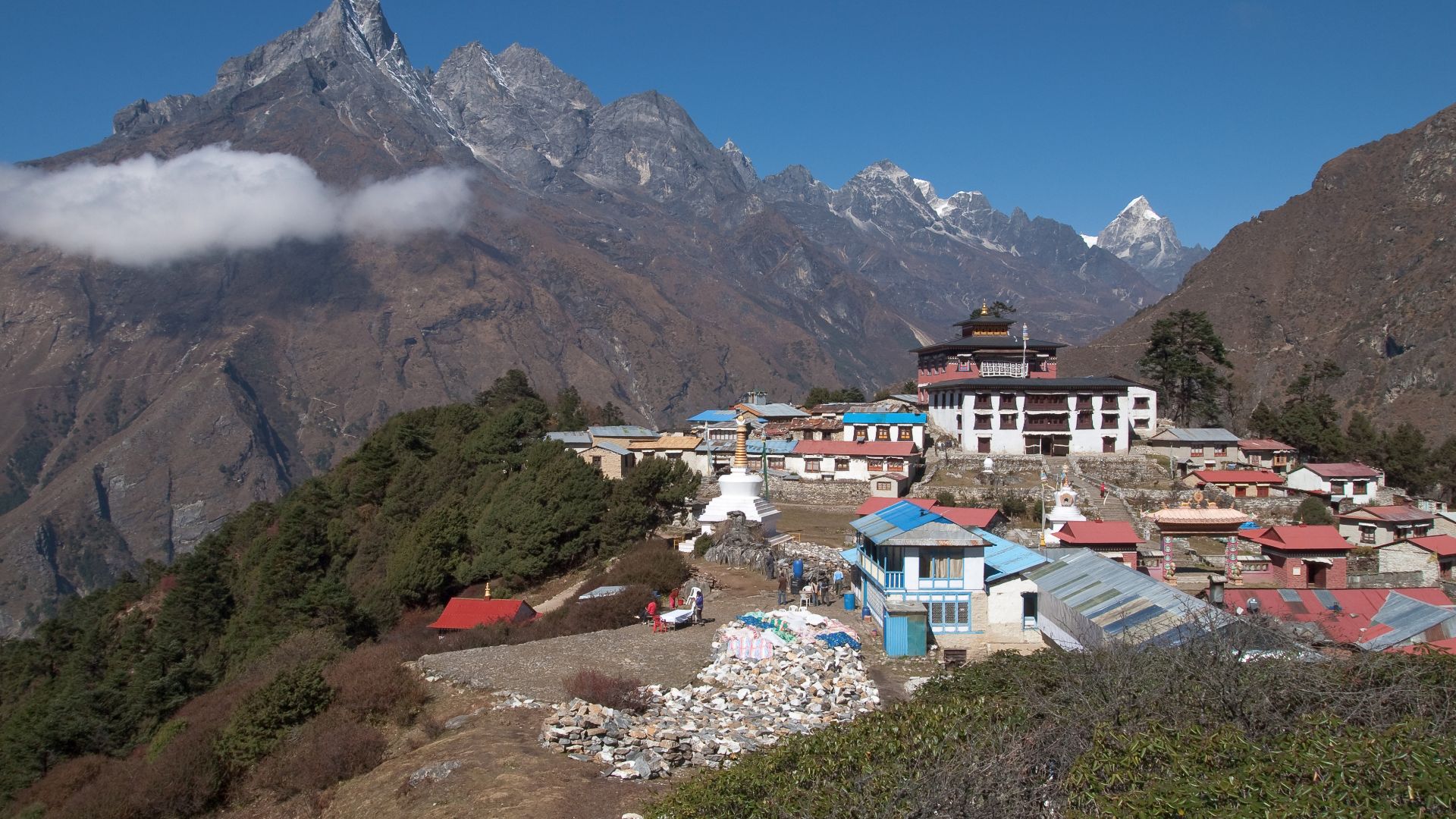 Vyacheslav Argenberg on Wikimedia
Vyacheslav Argenberg on Wikimedia
15. Kazakhstan
Kazakhstan's McDonald's locations closed in 2023 after supply chain issues caused by regional conflicts made operations impossible. Independent burger spots quickly filled the gap, providing similar flavors and familiar fast food experiences that kept loyal fans satisfied.
16. Laos
The market here is considered too small for McDonald’s investment. Laotians with a craving often cross the border into Thailand, where McDonald’s flourishes. At home, local vendors and cafés dominate the scene. Tourism continues to grow, yet McDonald’s hasn’t found its way in.
17. Ethiopia
Global franchises never reached Ethiopia. Logistical challenges and high costs kept them away. Instead, the café scene flourishes, fueled by the nation’s famous coffee culture. Injera-based meals dominate the table and overshadow fries and burgers.
18. Myanmar
Political reforms caught McDonald's attention in Myanmar, but instability prevented commitment. KFC successfully opened Yangon locations instead. Local cafés provide burger alternatives, though many residents continue dreaming of experiencing a real Big Mac.
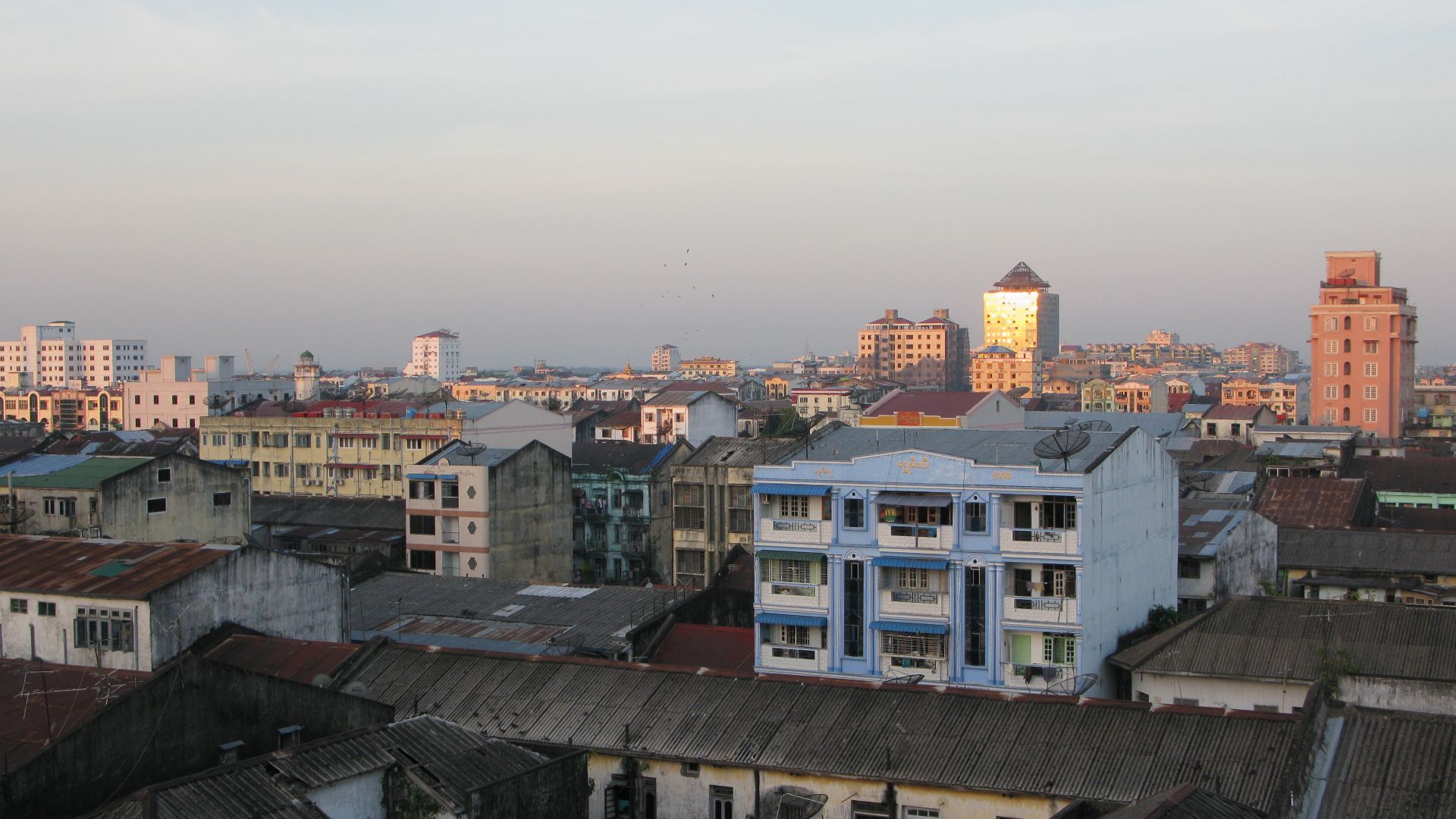 Vyacheslav Argenberg on Wikimedia
Vyacheslav Argenberg on Wikimedia
19. Sierra Leone
McDonald’s never tried its luck here, partly due to investment challenges and infrastructure gaps. Here, fast food culture thrives on city streets. Vendors serve fried snacks and affordable burgers, while hotels cater to tourists with more Western-style options.
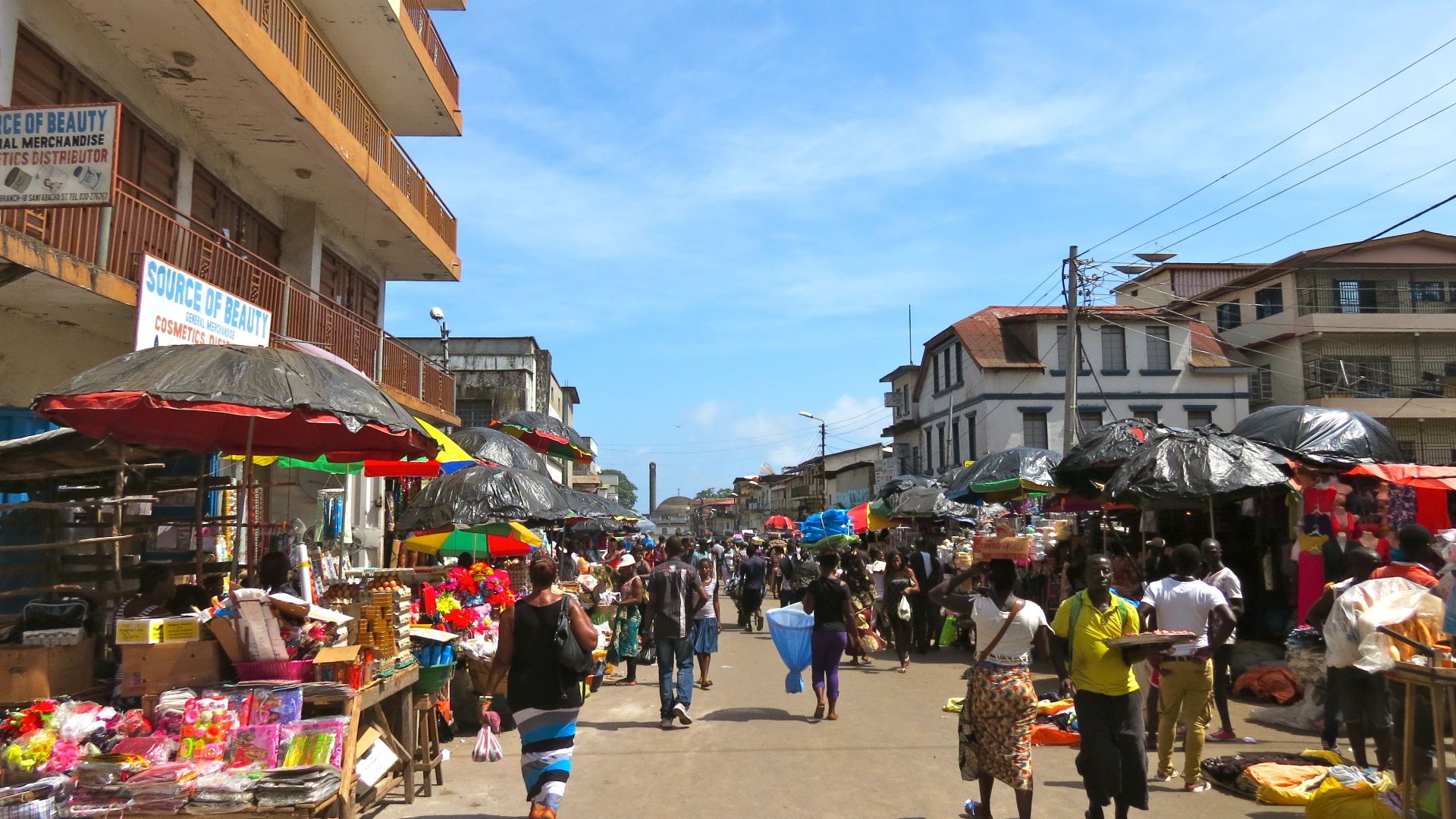 Erik Cleves Kristensen on Wikimedia
Erik Cleves Kristensen on Wikimedia
20. Haiti
Despite burgers being a city favorite, McDonald’s stayed away from Haiti because of economic hurdles. Local street vendors offer cheap options, and tourists turn to cafés, allowing Haiti’s homegrown fast-food culture to continue thriving across urban areas.
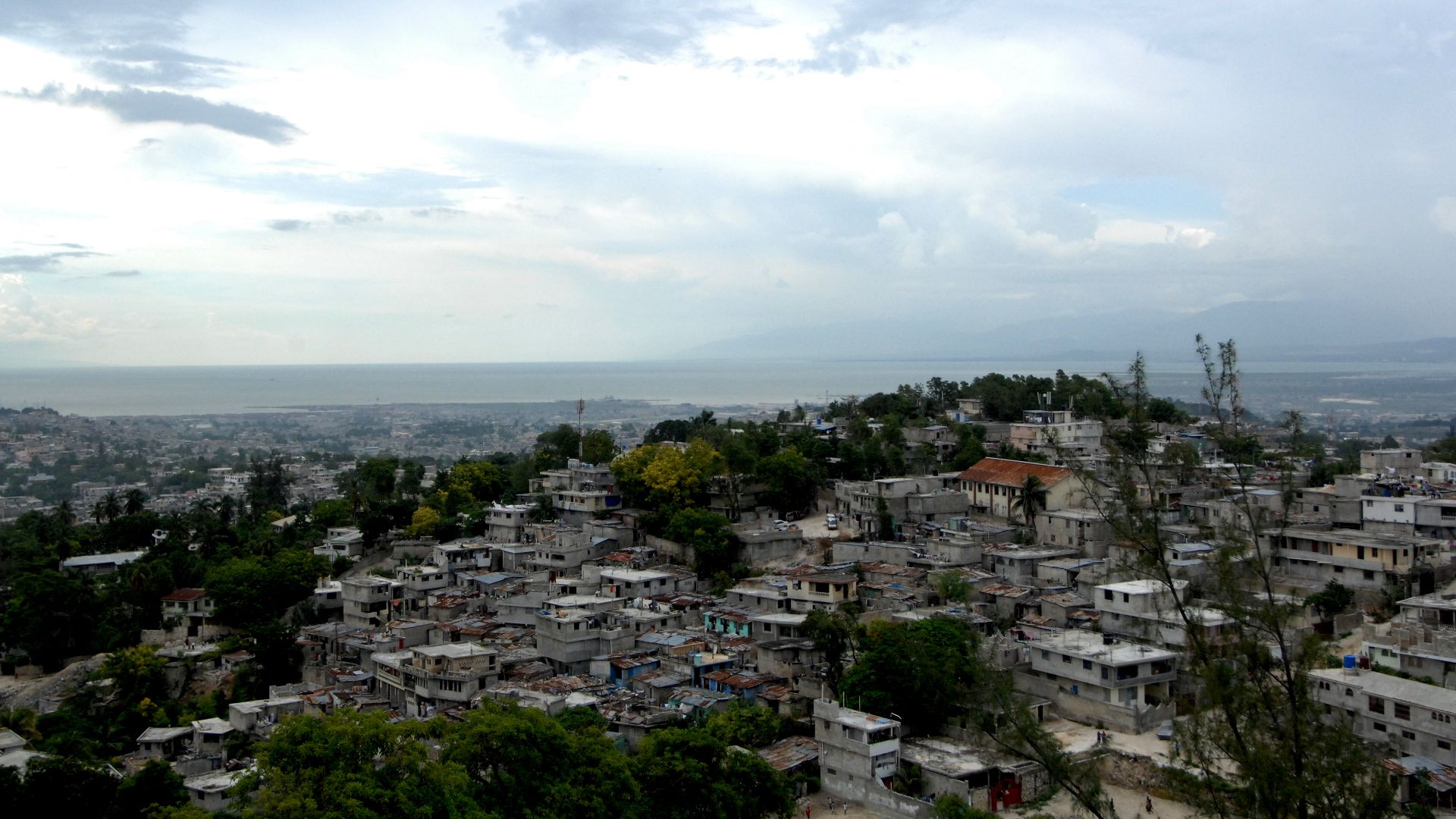 U.S. Navy photo by Chief Mass Communication Specialist James G. Pinsky on Wikimedia
U.S. Navy photo by Chief Mass Communication Specialist James G. Pinsky on Wikimedia




